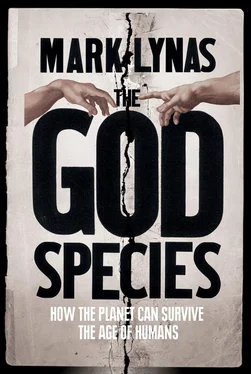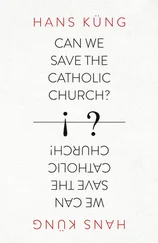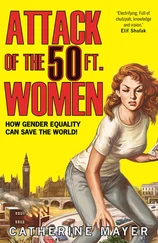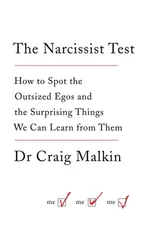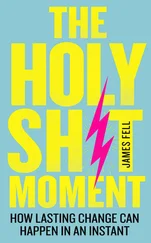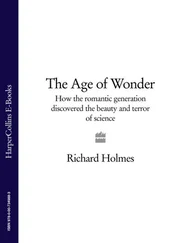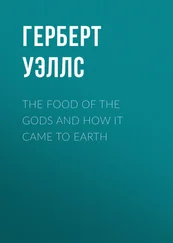MARK LYNAS
The God Species
How the Planet Can Survive
the Age of Humans
Dedication Contents Cover Title Page Dedication Introduction Chapter One - The Ascent of Man Chapter Two - The Biodiversity Boundary Chapter Three - The Climate Change Boundary Chapter Four - The Nitrogen Boundary Chapter Five - The Land Use Boundary Chapter Six - The Freshwater Boundary Chapter Seven - The Toxics Boundary Chapter Eight - The Aerosols Boundary Chapter Nine - The Ocean Acidification Boundary Chapter Ten - The Ozone Layer Boundary Chapter Eleven - Managing the Planet Notes Index Acknowledgements By the same author Copyright About the Publisher
For my family and other animals
Contents
Cover
Title Page MARK LYNAS The God Species How the Planet Can Survive the Age of Humans
Dedication
Introduction
Chapter One - The Ascent of Man
Chapter Two - The Biodiversity Boundary
Chapter Three - The Climate Change Boundary
Chapter Four - The Nitrogen Boundary
Chapter Five - The Land Use Boundary
Chapter Six - The Freshwater Boundary
Chapter Seven - The Toxics Boundary
Chapter Eight - The Aerosols Boundary
Chapter Nine - The Ocean Acidification Boundary
Chapter Ten - The Ozone Layer Boundary
Chapter Eleven - Managing the Planet
Notes
Index
Acknowledgements
By the same author
Copyright
About the Publisher Конец ознакомительного фрагмента. Текст предоставлен ООО «ЛитРес». Прочитайте эту книгу целиком, купив полную легальную версию на ЛитРес. Безопасно оплатить книгу можно банковской картой Visa, MasterCard, Maestro, со счета мобильного телефона, с платежного терминала, в салоне МТС или Связной, через PayPal, WebMoney, Яндекс.Деньги, QIWI Кошелек, бонусными картами или другим удобным Вам способом.
Introduction
Then Man said: ‘Let there be life.’ And there was life.
Thunderbolts do not come much more momentous than this: in May 2010, for only the second time in 3.7 billion years, a life-form was created on planet Earth with no biological parent. Out of a collection of inanimate chemicals an animate being was forged. This transformation from non-living to living took place not in some primordial soup, still less the biblical Garden of Eden, but in a Californian laboratory. And the Divine Creator was not recognisably Godlike, despite the beard and gentle countenance. He was J. Craig Venter, a world-renowned biologist, highly successful entrepreneur and one of the first sequencers of the human genome. At the ensuing press conference, this creator and his colleagues announced to the world that they had made a self-replicating life-form out of the memory of a computer. A bacterial genome had been sequenced, digitised, modified, printed out and booted up inside an empty cell to create the first human-made organism. As proof, the scientists wielded photographs of the microscopic ‘ Mycoplasma mycoides JCVI-syn1.0’ cells, busily obeying the original divine command to be fruitful and multiply in one of the J. Craig Venter Center’s many Petri dishes. The new discipline of synthetic biology had come of age.
Forget all your fears about genetic engineering; synthetic biology makes GE look as quaint and old-fashioned as a horse and cart at a Formula One rally. Old-style biotech was about mixing and rearranging small numbers of existing natural genes from different species and hoping that the right thing happened. Synthetic biology is an order of magnitude more powerful, for it gives humanity the potential to design and create life from scratch. Venter and his team didn’t quite achieve that: their synthetic genome, after being stitched together with the help of some well-trained yeast, was transplanted into the empty cell of a closely related bacterium that was arguably already ‘alive’, at least in form if not in function. But the structure the new cells took was that prescribed by the scientists, featuring specially-designed DNA ‘watermarks’ that included three quotes, the names of the researchers on the project, and an email address for anyone clever enough to successfully decode and sequence the new genome.
The next steps for Venter’s team – and other competitors rushing to pioneer novel methods in the same field – point the way towards a new technology of awesome power and potential. Once the function of every gene is understood, scientists can begin to build truly new organisms from scratch with different useful purposes in mind. Microbial life-forms could be designed to create biofuels or new vaccines, to bio-remediate polluted sites or to clean water. In the hands of a modern-day Bond villain, they might also be used to forge virulent new superbugs that could wipe out most of the world’s population. But the technology per se is ethically inert; it is just a tool. The purpose of a machine depends upon whose hands are wielding its power. Synthetic biology reduces the cell to a machine, whose components – once properly understood – can be assembled like blocks of Lego. Why build a robot out of perishable steel and plastic when you can build a bio-bot that feeds itself, carries out its prescribed task, heals any injuries, and creates near-identical copies of itself with no outside intervention?
The Book of Genesis is full of instances of Man being punished for his attempts to become like God. After the woman and the serpent combine forces to taste the forbidden fruit from one tree, in Genesis 3:22 the Lord complains: ‘See, the man has become like one of us, knowing good and evil; and now, he might reach out his hand and take also from the tree of life, and eat, and live for ever’. Man is banished from Eden to deny him this power of immortality, but Genesis 11:3 once again finds humanity trespassing on the power of the divine, this time with a great tower aimed at reaching Heaven. God’s solution to the Tower of Babel was a smart one, achieved by dividing humans into mutually uncomprehending linguistic groups. Today, with the worldwide language of science, that problem has finally been overcome. Venter and his team have seemingly proved that all life is reducible to chemistry – there is nothing more to it than that. No essential life-force, no soul, no afterlife.
With the primacy of science, there seems to be less and less room for the divine. God’s power is now increasingly being exercised by us. We are the creators of life, but we are also its destroyers. On a planetary scale, humans now assert unchallenged dominion over all living things. Our collective power already threatens or overwhelms most of the major forces of nature, from the water cycle to the circulation of major elements like nitrogen and carbon through the entire Earth system. Our pollutants have subtly changed the colour of the sky, whilst our release of half a trillion tonnes of carbon as the greenhouse gas CO 2into the air is heating up the atmosphere, land and oceans. We have levelled forests, ploughed up the great grasslands and transformed the continents to serve our demands from sea to shining sea. Our detritus gets everywhere, from the highest mountains to the deepest oceans: abandoned plastic bags drift ghostlike in the unfathomable depths, even kilometres beneath the floating Arctic ice cap. Wherever you look, this truth is there to behold: pristine nature – Creation – has disappeared for ever.
Читать дальше
